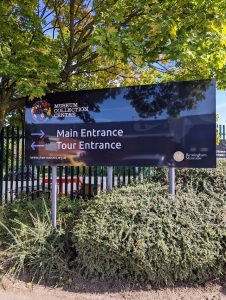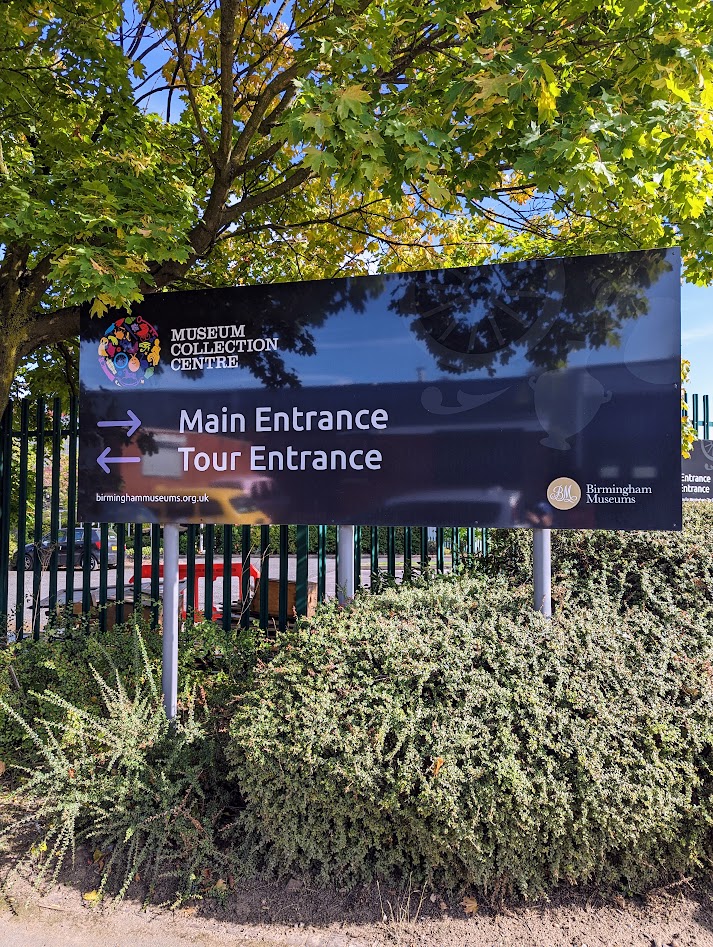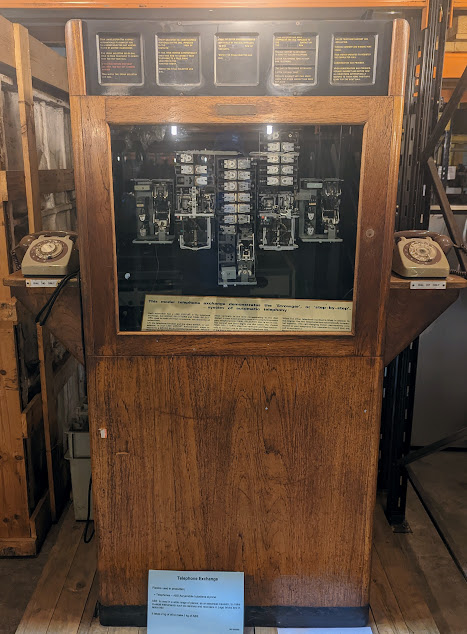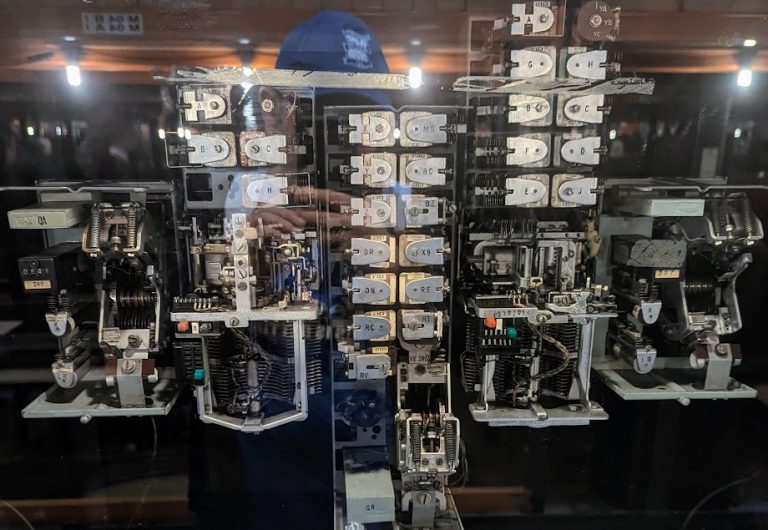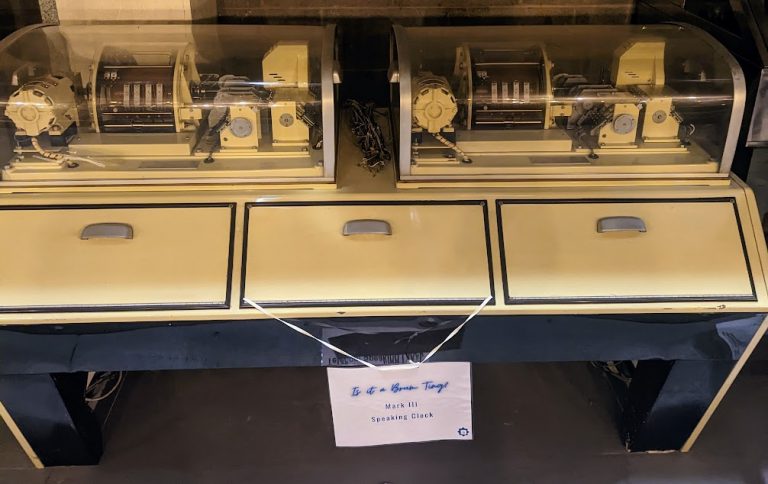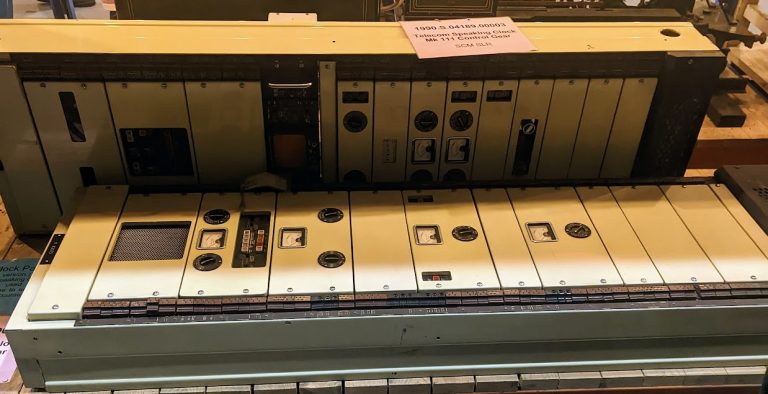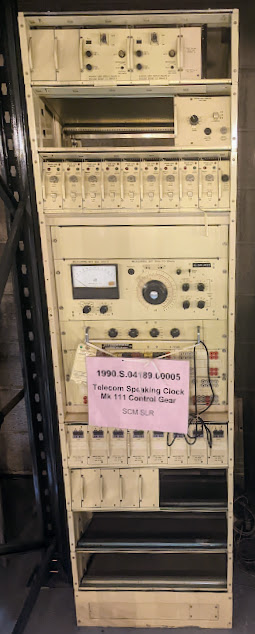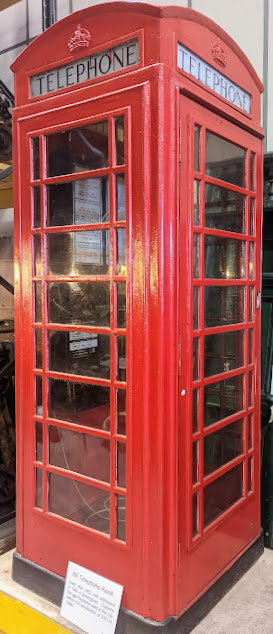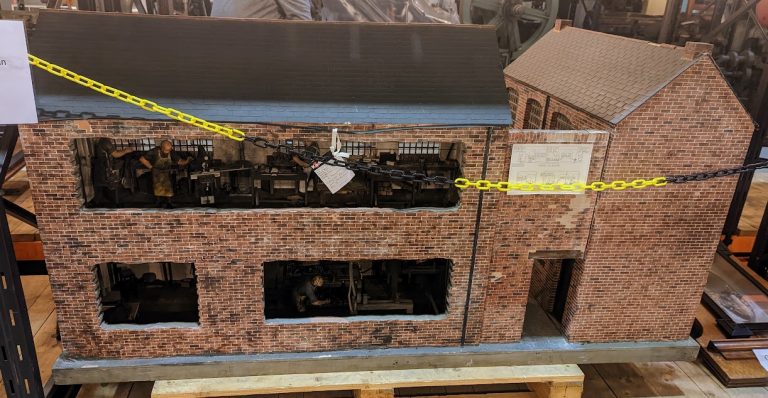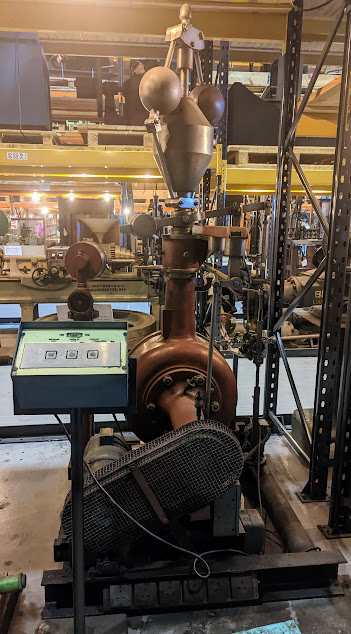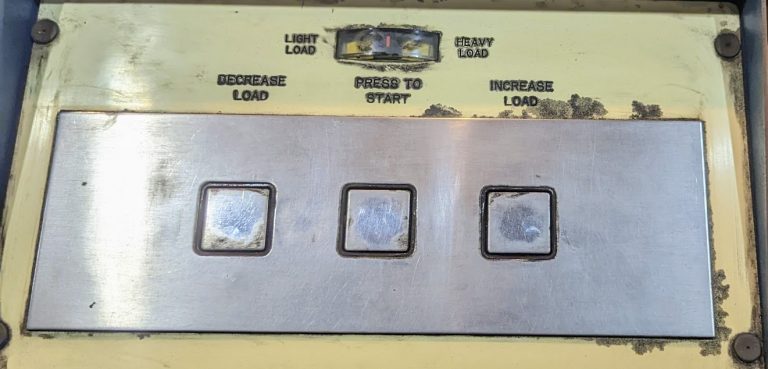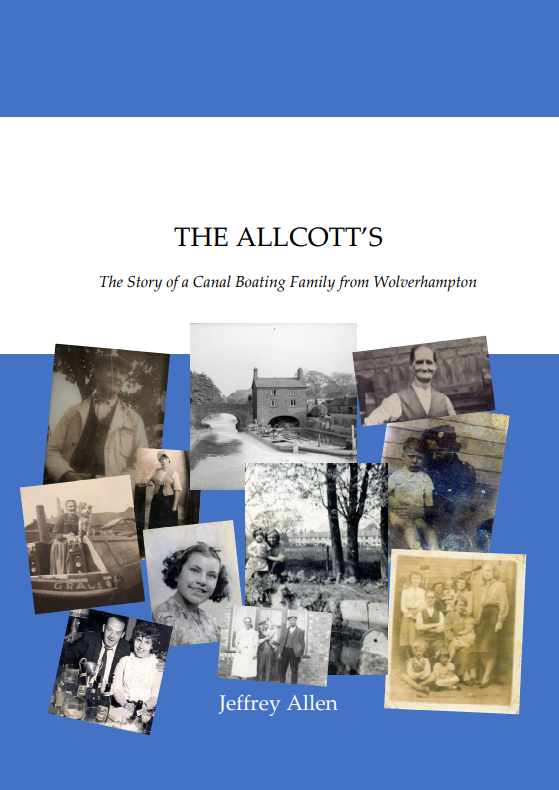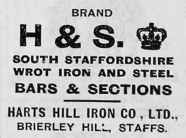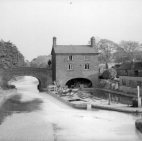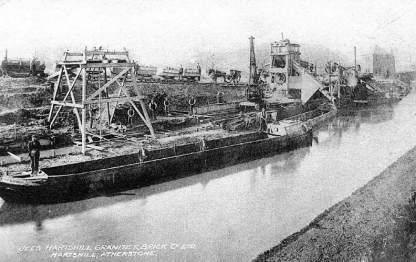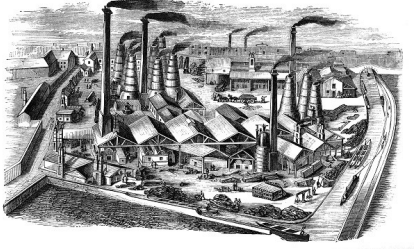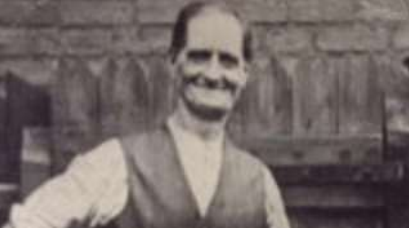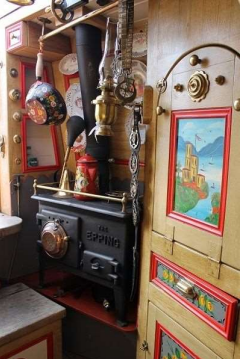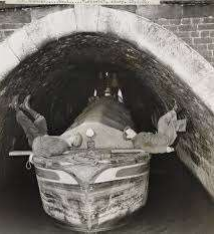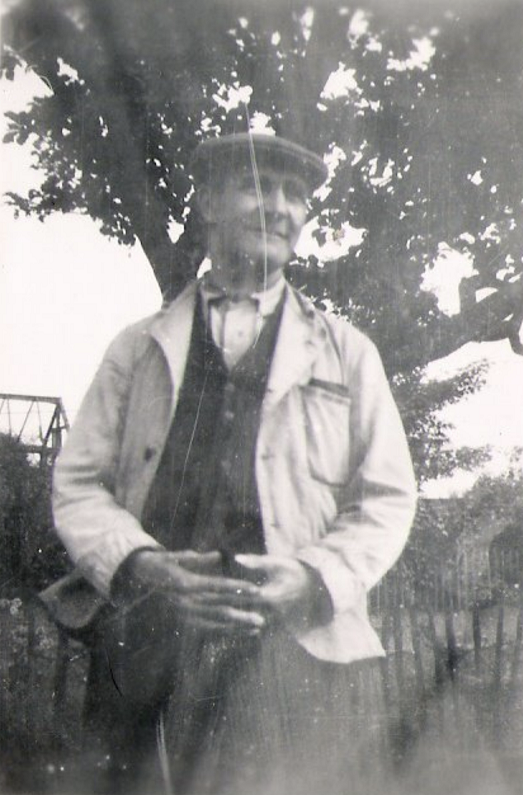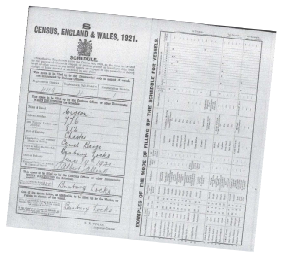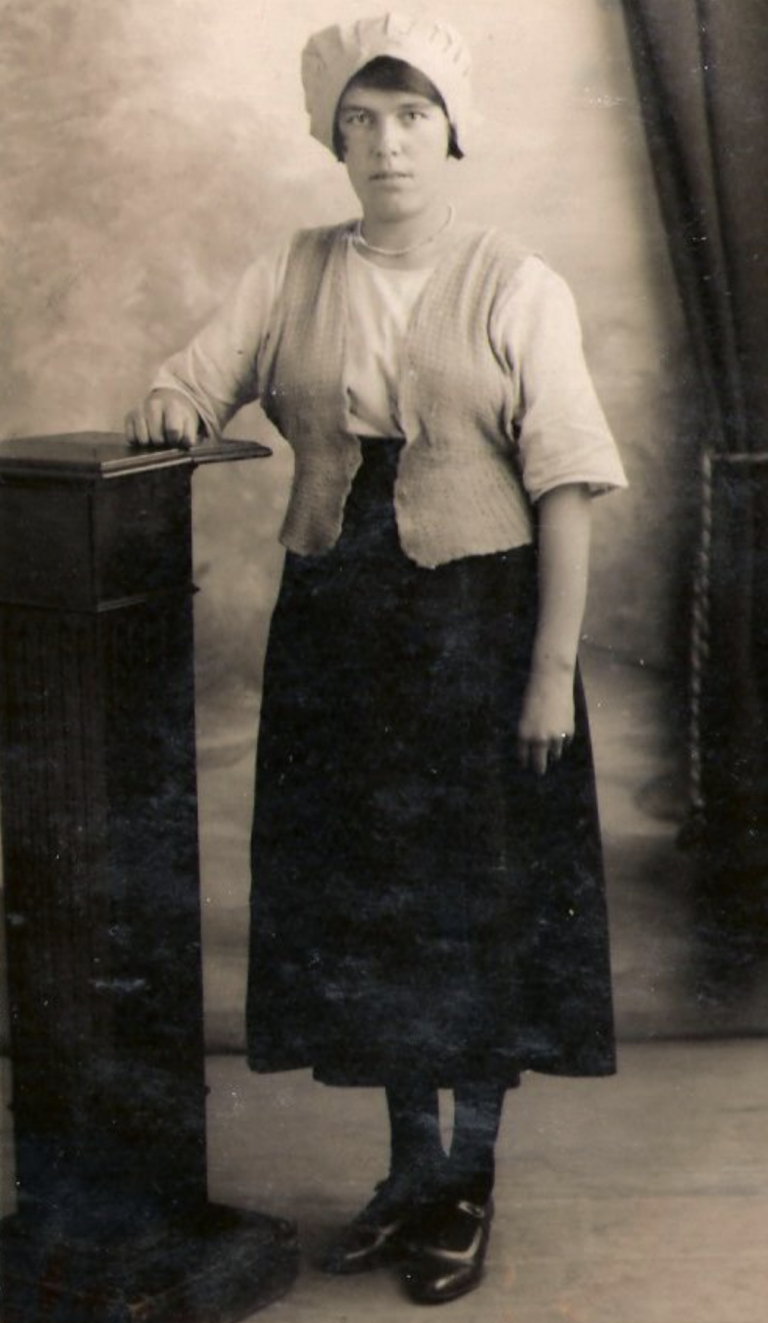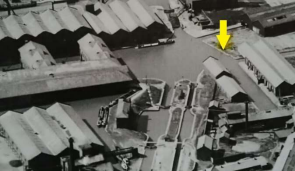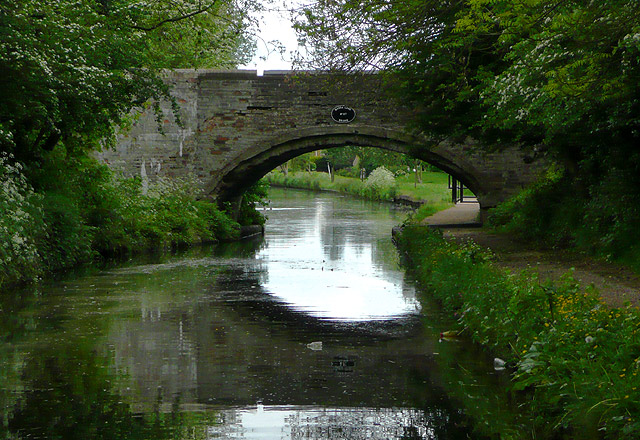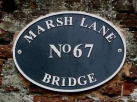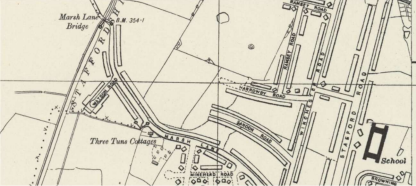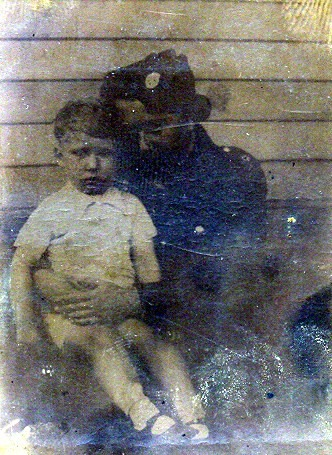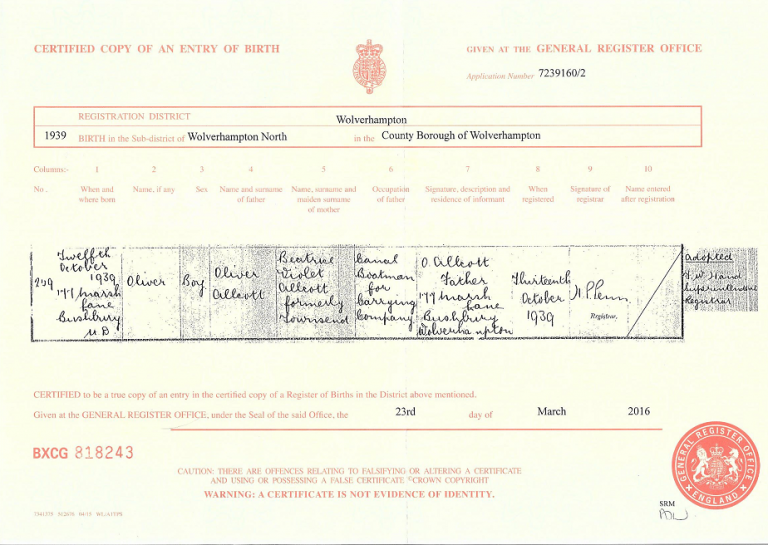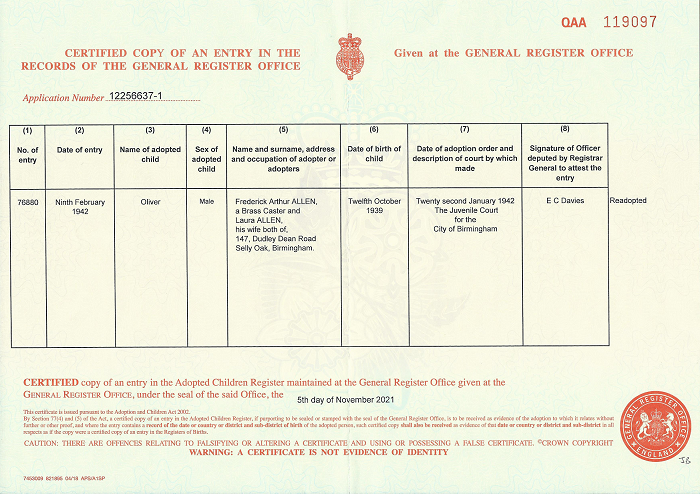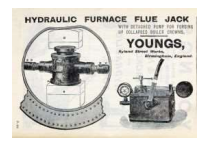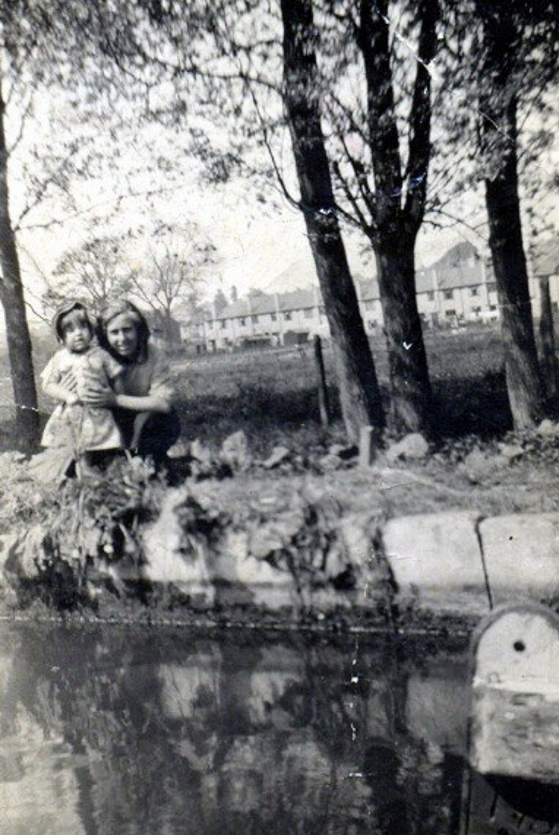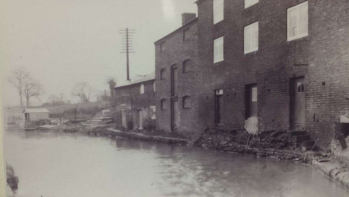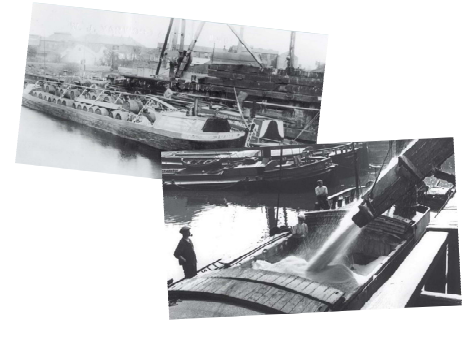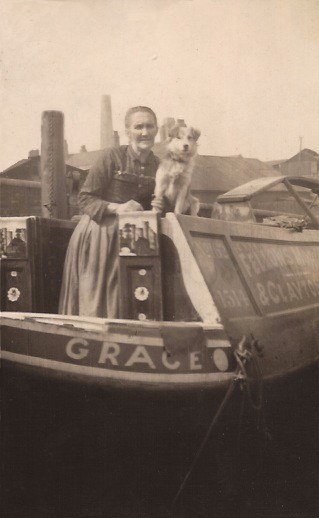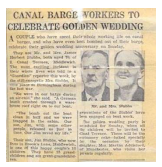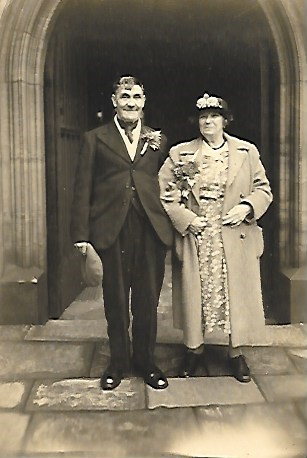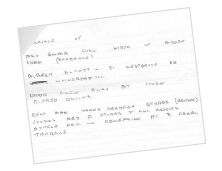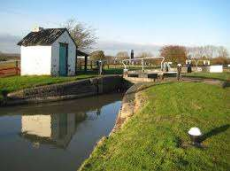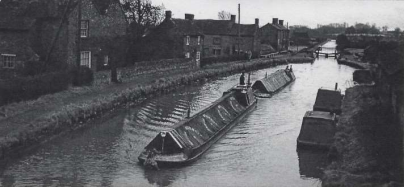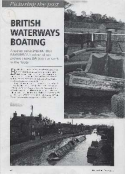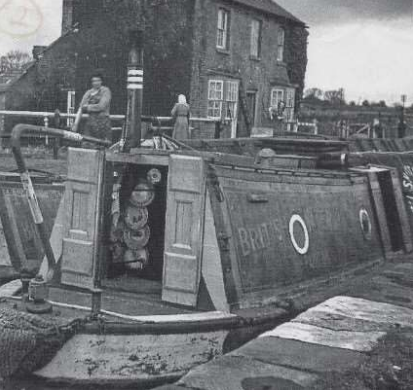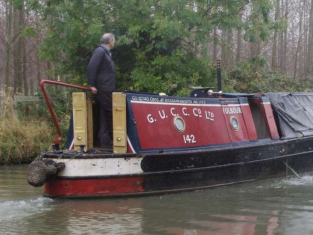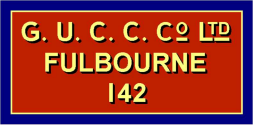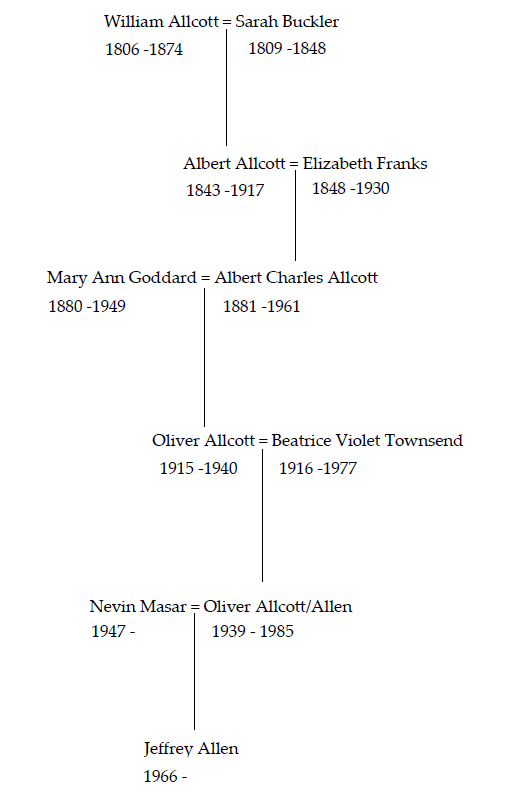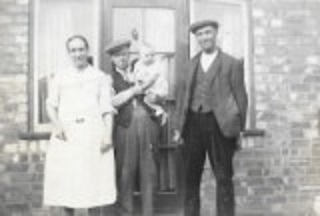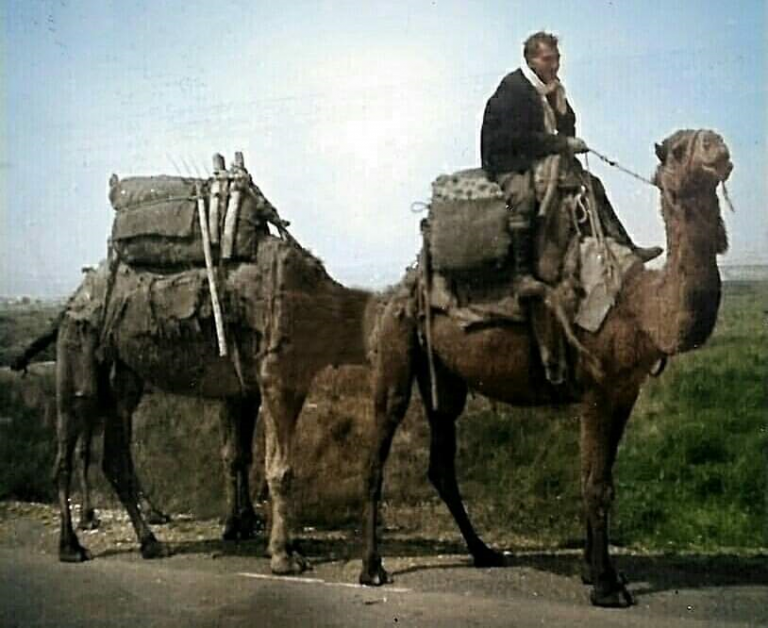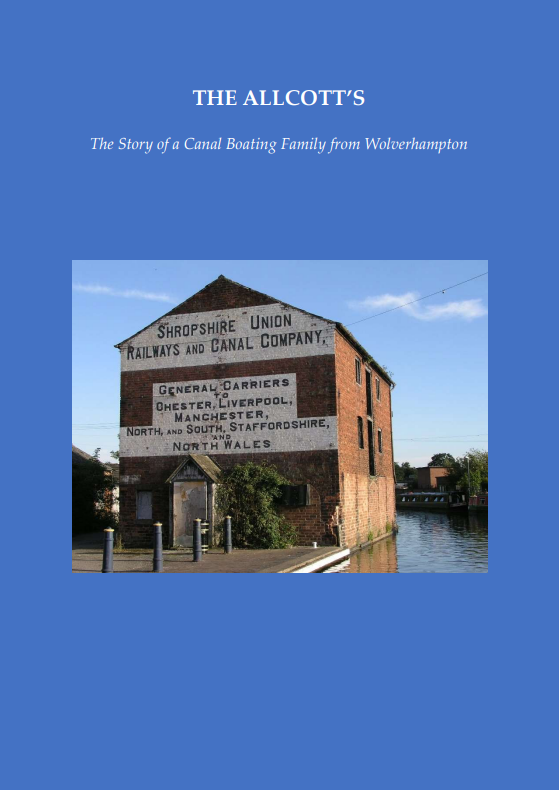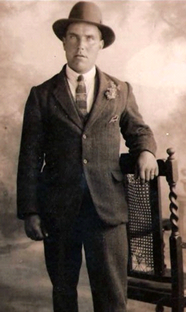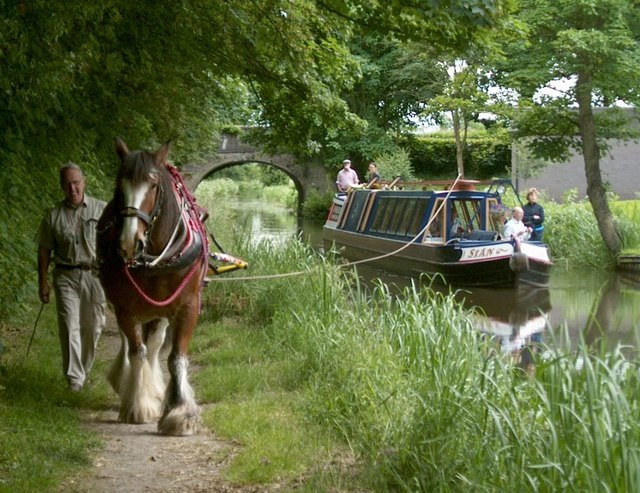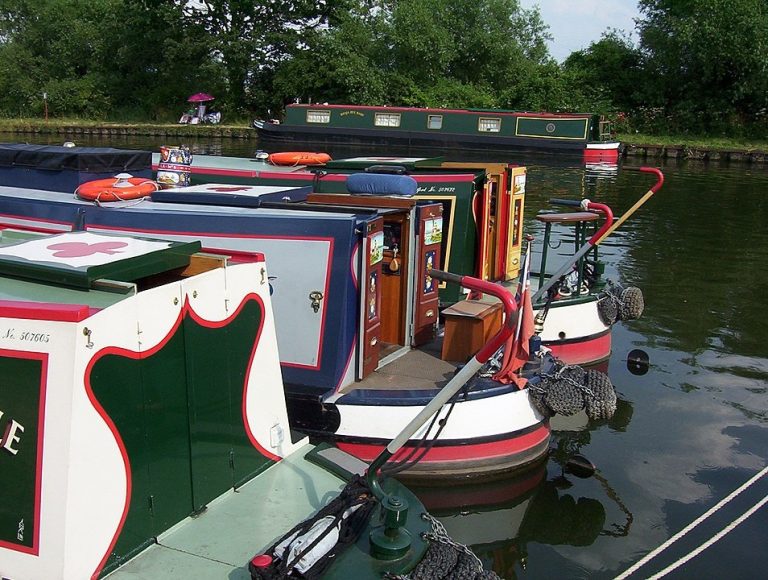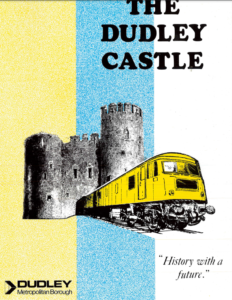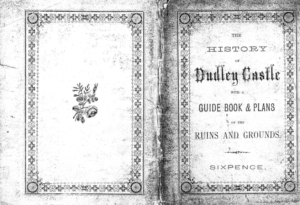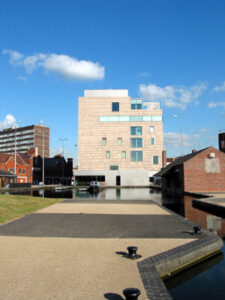It was also incredibly dangerous work, especially for young children, with death by drowning all too common. Albert Ledward aged 11 was drowned in the Bridgewater Canal in June 1876. According to the newspaper report in the Runcorn Guardian, the family left Anderton Wharf on a Wednesday afternoon:
“… with a pair of narrow boats laden with salt to be discharged at Runcorn, and when near to Bate’s Bridge at Halton, the deceased [Albert Ledward], who had had his supper, got ashore from the second boat to drive the horse, while his brother, nine years old, who had been driving, got on board to have his supper. It was then half past eleven o’clock, and dark, and as the deceased passed the first boat which he (witness) [the father] was steering, he spoke to him [Albert], and he afterwards heard him speak to the horse. When they got to the Delf Bridge the deceased came and spoke to him, and he told him to go on and get to the horse’s head, and he did. He [the father] heard him speak to the horse, and when it got near to the gas works it “shied” at a light, but again went all right until it got opposite the Soapery, when it turned back, and he (witness) called to it to stop, and it did so. He then called out to the deceased [Albert], and receiving no answer got ashore to look for him. Not seeing him, he began to feel about in the canal with a boat hook, and there being no person near but his wife, she ran for assistance, and soon brought some men and grapples, and in about half an hour the body of the deceased was found in the canal opposite to the Soapery, and near to the spot where the horse turned. He could not tell how the deceased got into the canal, for he neither heard any splash nor a scream.”
The incident at Runcorn happened just five years prior to the birth of Albert and Elizabeth’s first child, Albert Charles. By the time of the 1901 Census, Albert and Elizabeth Allcott had five children living at home, William, Joseph, Minnie, Sarah Jane and Frederick. The registration took place at Calf Heath, Wolverhampton. Calf Heath Bridge and Wharf are on the Staffordshire & Worcestershire Canal, which commences at a junction with the River Severn at Stourport, and terminates at Great Haywood by a junction with the Trent & Mersey Canal, once owned by the North Staffordshire Railway Company. Albert Charles was now 19 years old and living away from home. At the time of the census, he was a canal boatman’s mate aboard the Fancy, moored up at Welshpool Wharf, Montgomeryshire, a Shropshire Union Canal depot. Fancy entered service in September 1899 for the London Midland & Scottish Railway Company, and it was captained by Thomas Hyde, aged 28 from Barbridge in Cheshire. Also on board was Thomas’ wife Mary and their baby girl, Jane. Hyde may have been a relative of John Hyde, an iron merchant at Wrexham who supplied large quantities of pig iron via the Shropshire Union Canal Company to factories in Wolverhampton. The Shropshire Union Railways and Canal Company (SURCCo.) was founded in 1854. The Company owned 23½ miles of railway, which was leased to the North Western Railway Company in perpetuity for a 50% dividend of North Western’s stock. They had offices in London, Birmingham, Albion Wharf at Wolverhampton, and Chester. The main line of its canal navigation was the Shropshire Union Canal from Autherley Junction near Wolverhampton to Ellesmere Port near the Wirral, a total of 66½ miles consisting of 46 locks. Thirty-eight miles into the journey from Autherley is the Nantwich Basin, the birthplace of two of Albert’s sons, William (1884) and Frederick (1895). Both went on to become boatmen.
On the 3rd of August 1903 at Ellesmere Port, Cheshire, Albert Charles married Mary Ann Goddard, aged 19 from Wolverhampton. Interestingly, Mary was born at Horseley Fields, where Albert Allcott Snr., married Elizabeth Franks some 26 years earlier. Mary’s father William was also a boatman, and it is quite possible that William Goddard and Albert Allcott had previously worked together on the same boat or stretch of canal, forming a life-long friendship between the two families, eventually leading to kinship through the marriage of their children. William’s father, Richard Goddard (1822 – 1883), first appears in the records as a boatman in 1851 at Brook Lane Wharf, Newcastle-under-Lyme, Staffordshire. In subsequent census’ he is to be found aboard canal boats Lincoln (1861), Emily (1871), and Birmingham (1881). The Goddard’s may have been instrumental in introducing Albert Allcott Snr. to life on the canals. Ellesmere Port is six miles north of Chester and eleven miles south of Liverpool. In 1905 the Wolverhampton Corrugated Iron Company built a factory at Ellesmere, employing 300 workers and their families from Wolverhampton. The company was seeking to exploit its international trade through nearby ports of Birkenhead and Liverpool. The community that grew up around the factory was affectionately referred to as ‘Wolverham.’ The following year Mary gave birth to their first child, Minnie Allcott, at Ellesmere Port. Canal boat Snap was given as the family residence, and Minnie was delivered by Harriet Didsbury, midwife, living at no. 6 Porters Row, Whitley, a row of Victorian cottages built in 1833 to house canal workers and their families. Snap was a SURCCo. boat working the Shropshire Union Canal. Albert Charles and Mary had three more children, Frederick (1905), Sarah Ann (1908) and Albert (1911). Albert Allcott Snr. was 68 at the time of the 1911 Census. He may have been retired from the boats as his occupation was not recorded. Times may have been hard for the family as Elizabeth was said to be a ‘washerwoman,’ and Sarah Jane, aged 17, was a ‘presser’ for a company manufacturing iron brackets. In those days a typical working-class family budget would have been around 22 shillings a week, with bread, flour and meat alone costing around 8s, more than a third of the household budget. Rent could be anywhere between 3 to 5s a week.
Their youngest son Frederick was 15 at the time of the census and a boatman’s mate aboard the canal boat Jim, moored at Etruria Locks, Stoke on Trent. The master was William Mallard aged 32 and his wife Emma and two children James and Mary. Their niece Elizabeth Clewes aged 18 was the third mate. Jim worked the Trent & Mersey Canal navigation. Fred’s older brother Joseph, aged 24, was a boat hand on a Shropshire Union Canal boat the Flying Fox. Flying Fox was registered on the 13th of June 1899 at Chester, reg. 550, and entered service for the SURCCo. in August 1899 fleet no. 529. As her name suggests, she may well have been a ‘fly-boat.’ Flyboats usually carried smaller loads of high-value merchandise, with a two-man crew working day and night. A fly boat could travel from Ellesmere Port to Birmingham in little more than 36 hours. In its heyday, Pickford’s specialised in the fly-boat trade, with 116 boats and 398 horses. It was an offence enforceable by law not to give their boats right of way at lock gates. By 1925 Joseph was working for the Midlands & Coastal Canal Carriers Ltd., transporting goods between Stoke-on-Trent and Ellesmere Port. He is recorded as being on their boat Mermaid, originally a motor boat registered in Wolverhampton, no. 1118. Its engines were removed in the same year, turning it into a butty. Joseph was also on a MCCC boat called Diamond, first registered in 1922 at Wolverhampton, (no. 1088). Since Albert Allcott Snr. was living in Wolverhampton at the time of the 1911 Census, the Albert Allcott mentioned as master of the Winconsin, must refer to his son Albert Charles. Winconsin was moored at the Anderton Wharf, Burslem, Stoke-on-Trent, working the Trent & Mersey Canal. His son Albert Jnr. was born at Rode Heath, Cheshire, (1911), where the Trent & Mersey runs through the middle of the village. Four years later and Mary Ann gave birth to their fifth child, Oliver Allcott, on the 2nd of June 1915. The family residence was given as canal boat Sutherland, moored at Hay Basin, Broad Street, Wolverhampton. Built by Calder Valley Marine, Sutherland belonged to the Shropshire Union Railways and Canal Company, fleet no. 481, and was ‘gauged’ for the Birmingham Canal Navigations in 1896. When war raged across Europe in 1914, Frederick Allcott enlisted in the 2nd Battalion of the South Staffordshire Regiment, at Wolverhampton. Fred was killed in action at Delville Wood, the Somme, after a German counter attack on the 28th of July 1916. He was just 21. His personal effects were returned to his family on the 4th of November 1916, along with £5 6d to his father, Albert Allcott Snr. On the 21st of October 1919, his mother Elizabeth Allcott received a further payment from the army of £9. Fred’s name can be found on the Common Wealth War Graves Commission memorial at Thiepval, the Somme, and on the Roll of Honour of the London and North Western Railwaymen; because he had been employed as a boatman at Wolverhampton delivering coal to the railways. Six months after the loss of his son, Albert snr., the first Allcott to have started work on the narrowboats, died on the 13th of February 1917, at no. 2 Southampton Street, Wolverhampton; Elizabeth, his dutiful wife of 40 years, was at his bedside. By the time of the 1921 Census, held on the 19th of June, Albert Charles was skipper of the canal boat Widgeon, moored at Bunbury Locks, on the Shropshire Union Canal. Originally built for the Chester & Liverpool Lighterage Co. Ltd., Widgeon joined the SURCCo. in March 1917, fleet no. 776. It was registered at Chester on the 10th of April 1917, registration no. 812.
